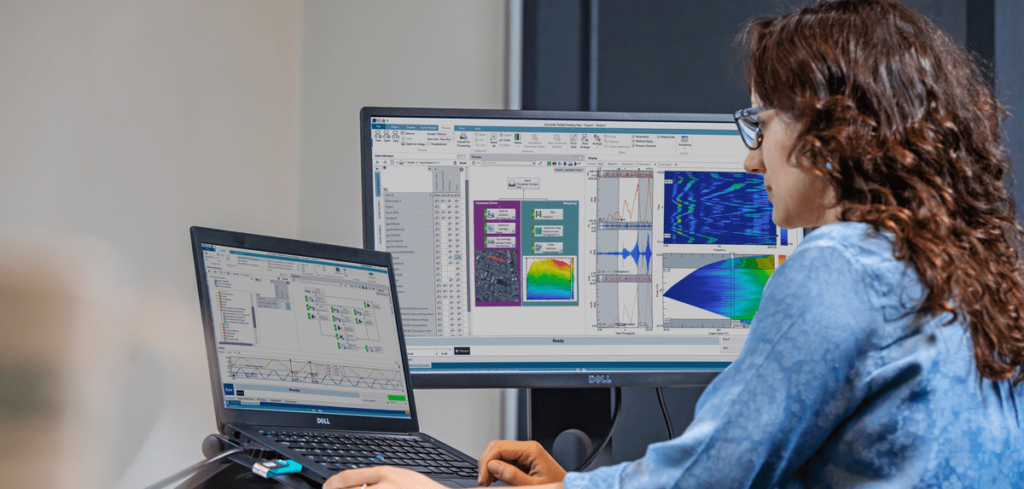The software arm of Siemens says it has enhanced its Simcenter Testlab package to optimize testing productivity and collaboration. According to the company, the latest release includes updates to Simcenter Testlab Neo and enhanced model-based systems testing, introduces a new technology for accelerating structural dynamics called Digital Image Correlation, and frontloads analysis of full vehicle noise, vibration and harshness (NVH) during the design process.
Siemens notes that the latest developments within industry can bring innovation but also new demands and requirements, including the need to achieve realistic and predictive results more efficiently than ever before. Test teams are now working closely together with simulation teams, as the ever-declining number of prototypes available calls for the use of digital twins in the early stages of development. At the same time, there is an ever present need to obtain the most information possible from massive amounts of data, collected by testing and generated by simulation.
The company claims that in Testlab, test engineers have access to new technologies that can increase productivity when collecting and processing data. The effort to compare and correlate test and simulation results is minimized, and validated simulation models – digital twins – can be used during the physical testing activities to generate valuable extra data. At the same time, the software provides direct data access to many simulation results formats, enabling simulation engineers to benefit from the data processing capabilities within the software as well as the consistency of selected processing functions and parameters between the physical and virtual tests.
For example, characterizing the structural behavior of materials and structures under load is a key enabler to improving designs and developing high-performance products. New developments in digital camera technology in combination with high-performance Digital Image Correlation (DIC) techniques allow users to extract full-field 3D geometry, displacement and strain information, under any load, and for almost any type of material, with limited instrumentation. DIC can then be used to identify material properties, validating numerical models and assessing the strength of materials and components, and analyze structural vibrations and dynamic responses to enable faster and more responsive development cycles.
The component-based transfer path analysis solution included with Testlab also enables the evaluation of vehicle performance in early design stages. This maximizes the usage of all available information on sub-systems and components, whether that be measurement data or simulation results. This unique and comprehensive solution can measure, post-process and publish accurate and consistent component NVH models, offering users improved component characterization methods and predictive NVH synthesis supporting performance evaluation of virtual prototype assemblies.


